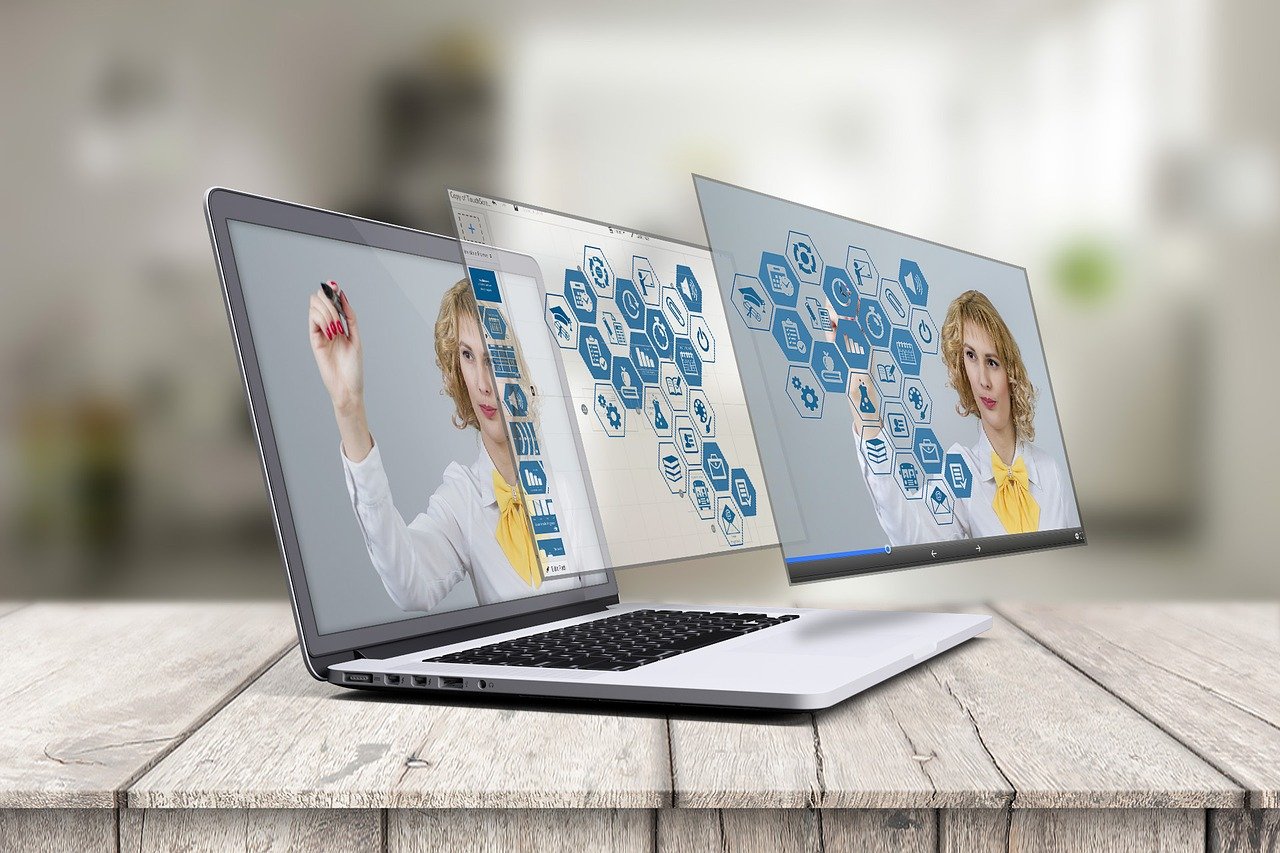Bringing Education into the Business World

U.S. businesses spent nearly $20 billion on training in 2019. That number decreased by roughly half from the year before. Companies aren’t providing fewer professional development opportunities for their employees. Instead, they’re changing the delivery method of the training. Blended learning techniques make up 69.7% of professional development hours. That’s twice what it was the previous year.
More companies are turning to technology to prepare their employees for the workplace. Where instructor-led training was once the predominant delivery method, now technology has taken center stage.
It’s unlikely, however, that technology will replace workplace training completely. High-quality instructors are still needed for professional development. That’s where education comes in.
Skills tech can’t teach
When Pew Research Center polled 1400 respondents about the future of technology in workplace training, 70% predicted there would be a significant reliance on technology. Training technology will continue to evolve in its ability to differentiate and diversify. It won’t however, be able to replicate the uniquely human skills needed for learning.
Creativity – Educators help learners embrace their creativity in a variety of ways. They encourage questions, allow for choice, and provide plenty on hand-on opportunities for learning. These are techniques that technology can’t do.
Intuition – Technical skills are critical to workplace success, but they aren’t the only skill employees need. Workers must be able to rely on their intuition. Understanding instinctively is a skill technology does not have. For this reason, technology isn’t always the solution to every challenge.
Empathy – Teachers bring empathy to the classroom. They demonstrate compassion for their students, understand what it is like to be human, and show respect. The human instructor gets it. He or she will recognize how events that go awry, like an alarm clock that doesn’t go off or a challenging family situation, can focusing on learning difficult.
Inspiration – Teachers, not computers, help students develop a life-long love for learning. Consider how many inspirational quotes about teaching exist. Educators have impacted the lives of their students for thousands of years. Teachers make a considerable impact on their students.
Motivation – For instruction and training to be effective, it must be useful. Teachers, not technology, help students see the real-world connection between what they are learning and how these new skills apply in a variety of situations and contexts. Teachers also understand when to use extrinsic and intrinsic motivators. That’s something that technology cannot intuit.
Bringing education into the business world
Professional development technology has grown exponentially in response to demand, and it will likely continue to expand. Education will continue to be a part of the blended learning experience in professional development programs. By striking a balance between digital learning and teacher-led instruction, employees get the best of both worlds. They experience fairness and anywhere/anytime learning, thanks to technology. They also find themselves learning about creativity, intuition, and empathy as teachers inspire and motivate them toward achievement.
Here’s the bottom line for any business: corporate training programs need educators. Teachers recognize, shape, and celebrate learners. That’s something technology will never be able to imitate.






